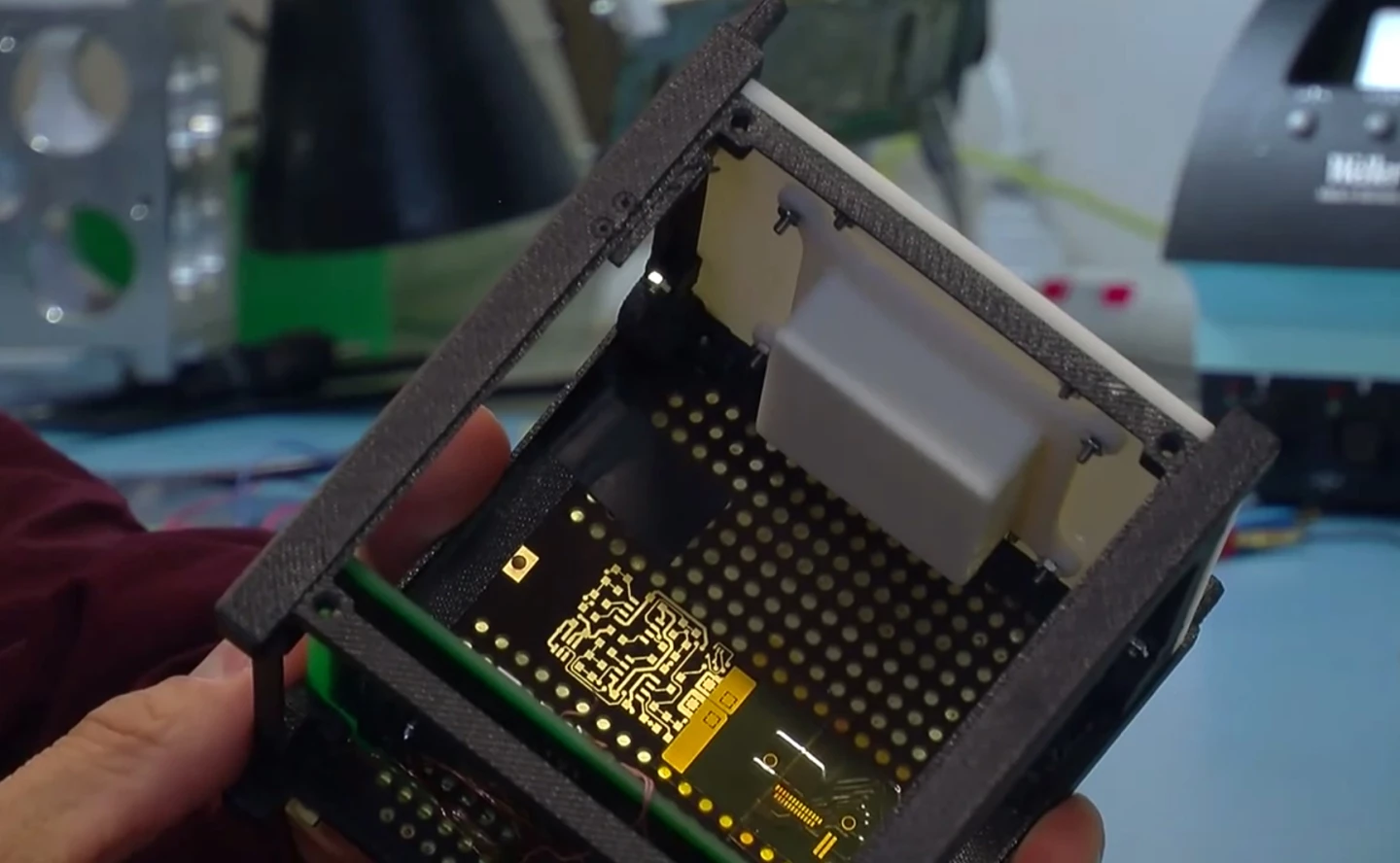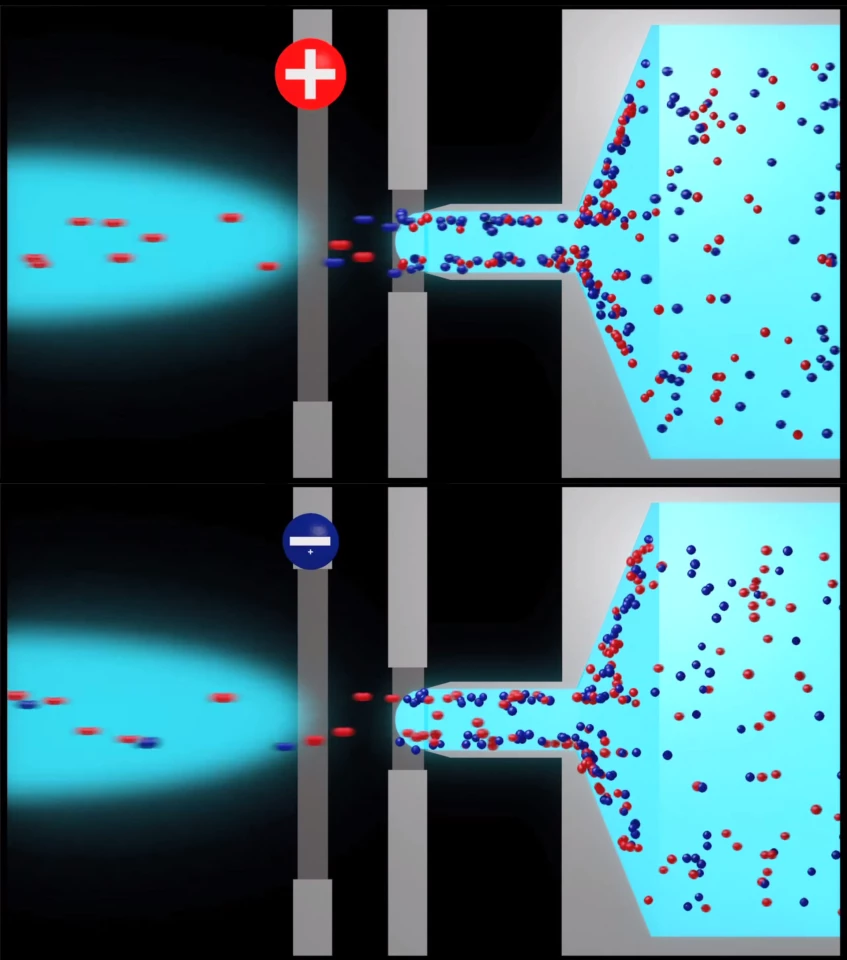Researchers at the École Polytechnique Fédérale de Lausanne (EPFL) have created a prototype mini motor designed to extend the capabilities of the new breed of small satellite. The motor weighs roughly 200 grams (7 oz) – including the fuel and control electronics - and could be used to change the orbit of small satellites, or even propel them to more far flung destinations that would usually require larger, more expensive spacecraft.
Designed to provide the new generation of nanosatellites with an efficient propulsion system that would grant them true autonomous capabilities and allow them to carry out exploration or observation missions, the new mini motor can be mounted on satellites as small as 10x10x10 cm (3.9x3.9x3.9 in).
“At the moment, nanosatellites are stuck in their orbits,” says Herbert Shea, coordinator of the European MicroThrust project and director of EPFL’s Microsystems for Space Technologies Laboratory. “Our goal is to set them free,”
Instead of combustible fuel, the motor runs on a chemical compound known as EMI-BF4. This is an “ionic” liquid, from which the electrically charged ions are extracted and then ejected to generate thrust.

In the EPFL mini motor, the ionic liquid is drawn from a reservoir using capillary action and directed to an array of tiny silicon nozzles. These nozzles are so small there over 1,000 of them per square centimeter (0.15 square inch). The ions are then extracted by an electrode held at 1,000 volts, and accelerated before being emitted from the back of the satellite at speeds of around 40,000 km/h (24,855 mph). To ensure that both the negative and positive ions are ejected, the polarity of the electric field is reversed every second.
While the ionic motor only provides acceleration of around a tenth of a millimeter per square second – or roughly 0-to 100 km/h (62 mph) in 77 hours – it is the steady acceleration in frictionless space that can see a microsatellite increasing from its launch speed of 24,000 km/h (14,913 mph) to 42,000 km/h (26,098 mph) after six months of acceleration. Just 100 ml (0.02 gal) of propellant would be enough to take a satellite to the Moon in six months.

The ionic motor is due to power the kamikaze CleanSpace One nanosatellite that will clean up space debris by grabbing it and dragging it out of orbit into Earth’s atmosphere so both the nanosatellite and space debris are incinerated on reentry. It will also be used on a swarm of Dutch nanosatellites that are being sent to record ultra-low frequency signals on the far side of the Moon. The EPFL team plans to finalize their ionic motor design in around a year, before it is used on CleanSpace One in three to four years.
Here's a video from EPFL with Herbert Shea describing the ionic motor.
Source: EPFL








